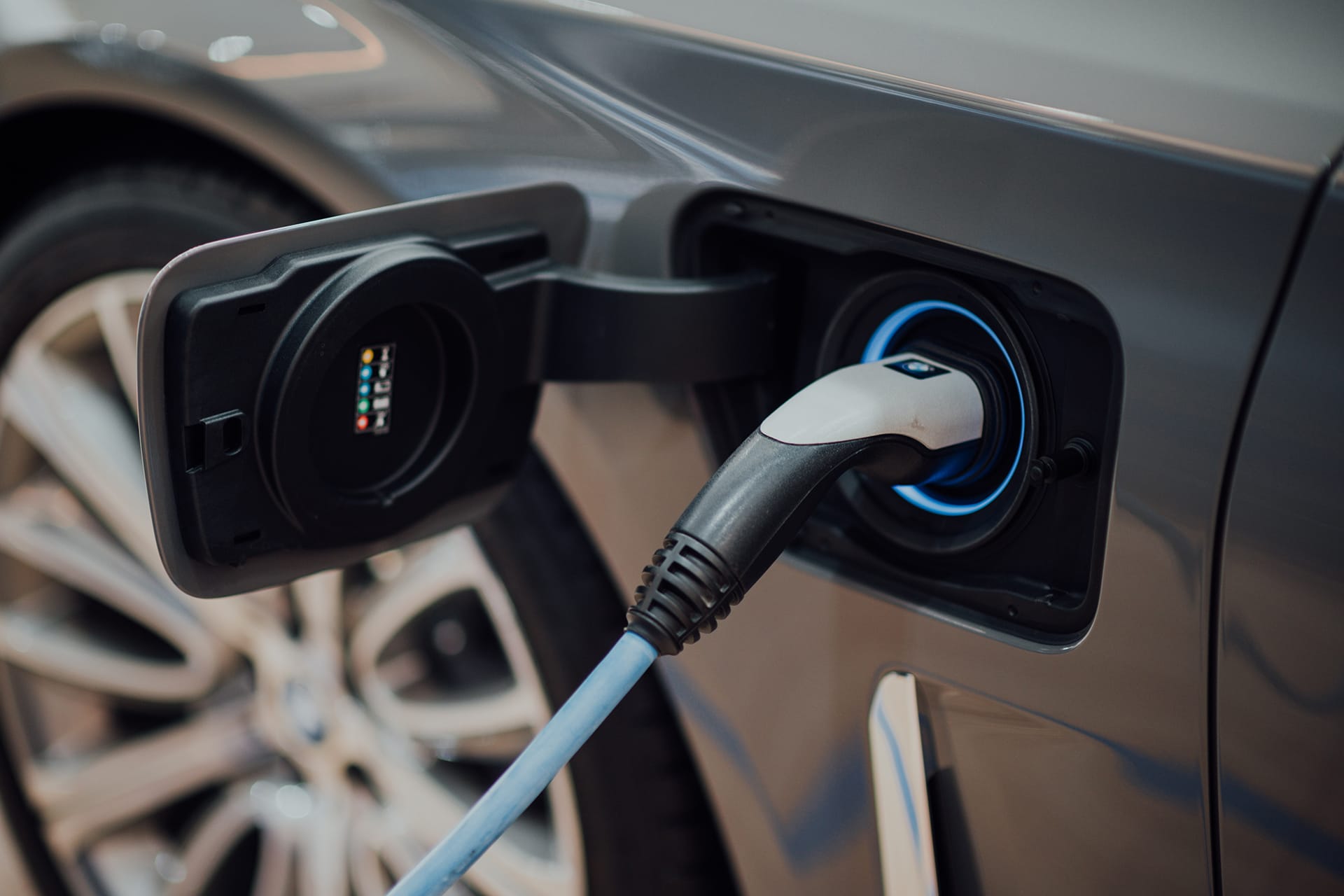
Alternative Fuels
Alternative fuel technology is making huge strides and will be a growing part of Canada’s future fuel mix.
Overview
We’re all concerned about climate change, and that’s sparked some creative thinking about alternatives to fossil fuels. But right now, when it comes to transportation fuel, there are three that currently have the potential to be valid alternatives: biofuels, natural gas and electricity.
Biofuels
Ethanol
Ethanol is an alcohol which is suitable for use with gasoline in spark ignition engines. It’s produced through the fermentation of starches and sugars from such food crops as corn, sugar cane and wheat, and a secondary product can even be produced from switchgrass, wood waste and rice straw.
As a transportation fuel, ethanol is blended with gasoline. E10, which contains 10 per cent ethanol, is suitable for most cars on the road today. E85, which contains 85 per cent ethanol, can only be used with specially equipped vehicles, called Flexible Fuel Vehicles, and is only available at a few retailers in Canada.
The government of Canada currently requires that gasoline at the pump contain an average of five per cent ethanol. Some provinces require a higher percentage.
HDRD and Biodiesel
Biodiesel is the most common form of renewable diesel. A mixture of FAMEs (fatty acid methyl esters) it can be made from soybeans, canola, vegetable oils or animal fats, and can be mixed with conventional diesel fuel to produce a biodiesel blend, such as B5 (five per cent).
Second generation “renewable” diesel, or hydrogenation derived renewable diesel (HDRD, or Neste-type renewable diesel), is made by processing vegetable and animal oils directly in traditional refinery processes. Most diesel engine manufacturers limit diesel blends to five per cent biodiesel content (B5), but second generation renewable diesel does not have this same limit.
The federal government and some provinces mandate between two per cent and four per cent average renewable diesel blends – a figure that might be higher were it not for the poor cold weather performance of bio-diesel, which can gel and clog fuel lines and filters when temperatures drop.
Natural Gas
Natural gas, which is predominantly methane, can be compressed (CNG) or liquefied (LNG) for use in vehicles. On a volume-equivalent basis, CNG has about one-quarter of the energy content of gasoline, while the energy density of LNG is higher, at 70 per cent. The lower energy density of CNG and LNG limits driving range compared to a gasoline vehicle.
On board a vehicle, CNG is stored in cylinders and passes through a pressure regulator into a spark ignited or compression ignition engine. LNG is stored at -160 degrees Celsius in a double walled steel tank and vapourized before injection into the engine.
Refueling infrastructure in Canada is limited to a few public CNG and LNG sites in major cities and some private fleet facilities. Natural gas vehicles have the potential to provide economic and environmental benefits, and yet, because of refueling limitations and the high up-front cost of converting a vehicle to CNG or LNG, the use of natural gas as transportation fuel accounts for only one per cent of total vehicle fuel consumption worldwide.
Electricity
Electric vehicles use an electric motor to drive the wheels.
- Hybrid electrical vehicles (HEVs) use the onboard internal combustion engine (ICE), supplemented by an electric motor to power the vehicle. Regenerative braking and power from the ICE are used to charge the vehicle’s battery. The Toyota Prius is a typical example.
- Second generation “plug-in” hybrids (PHEVs), sometimes referred to as extended range electric vehicles (E-REVs), are now entering the market. In these vehicles, all wheel power comes from the electric motor. The supplemental ICE is used only to power a generator that provides electric power to the motor or to charge the onboard battery. These vehicles are also designed to plug into the electrical grid to charge the battery. The Chevy Volt is a leading example of this technology.
- Pure battery electric vehicles (BEVs) rely solely on electrical power supplied by the onboard battery. The battery is recharged by regenerative braking or by plugging into the electrical grid. The Nissan Leaf is an early example.
Electric vehicles can achieve important GHG emissions reductions compared to equivalent gasoline-powered cars depending on the energy source used to produce the electricity.
